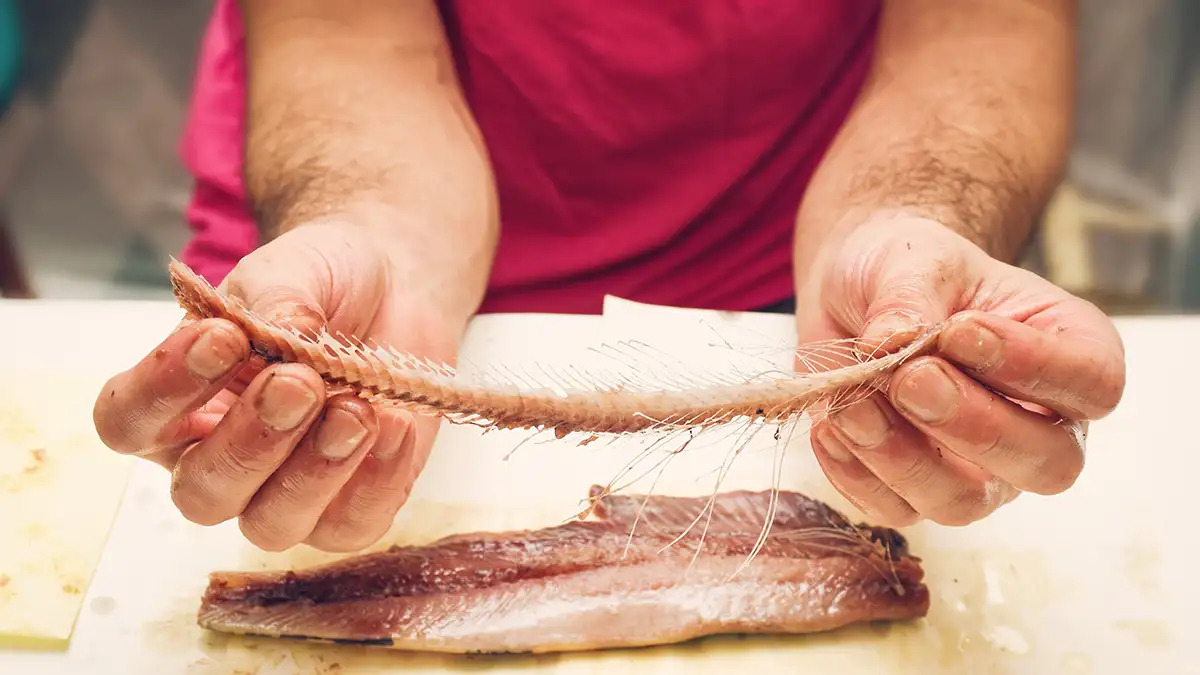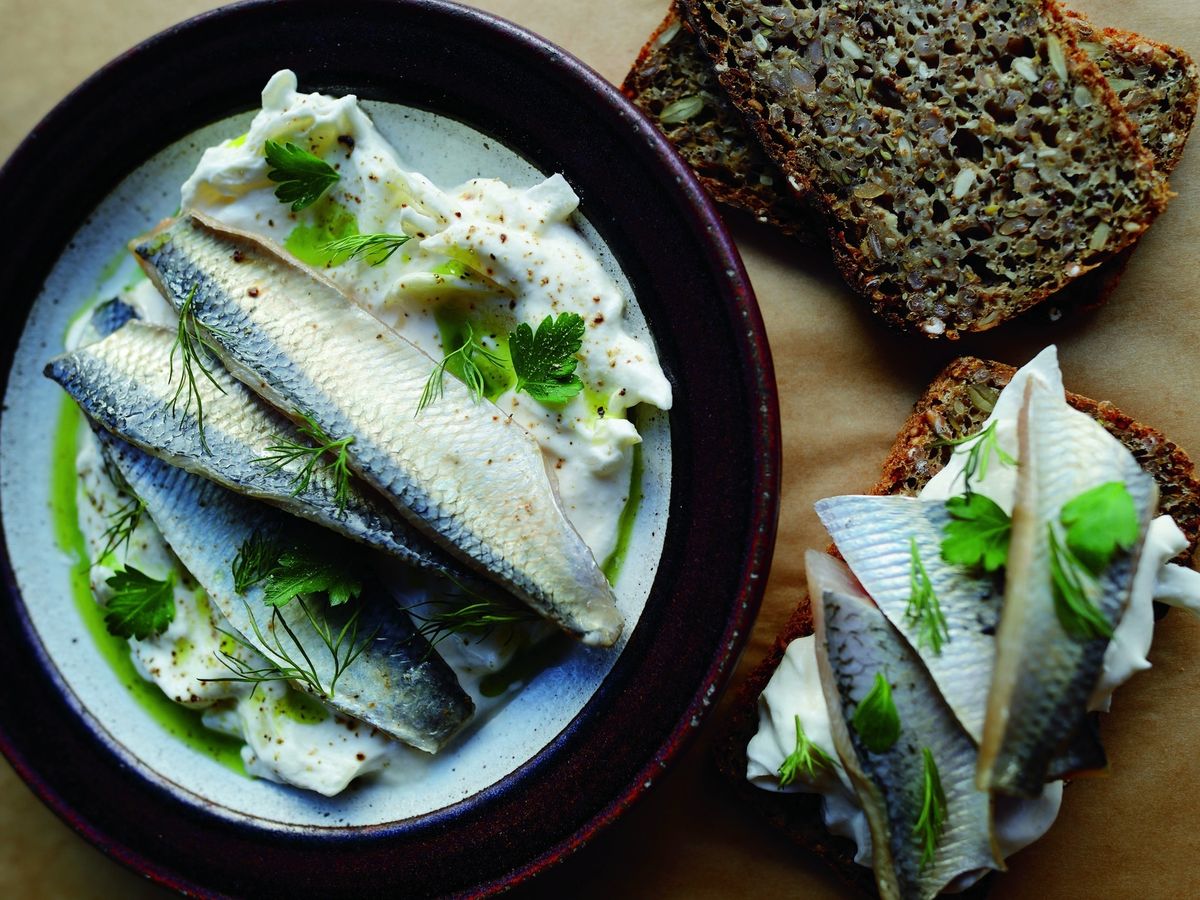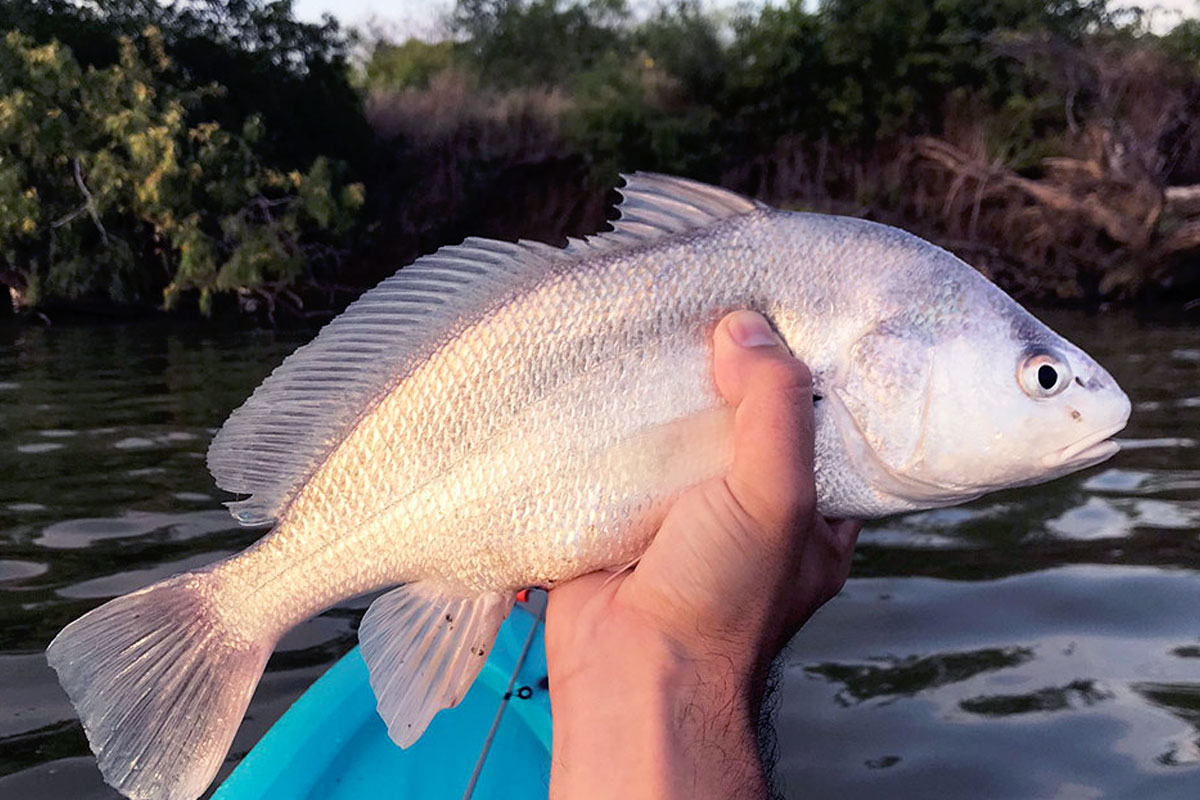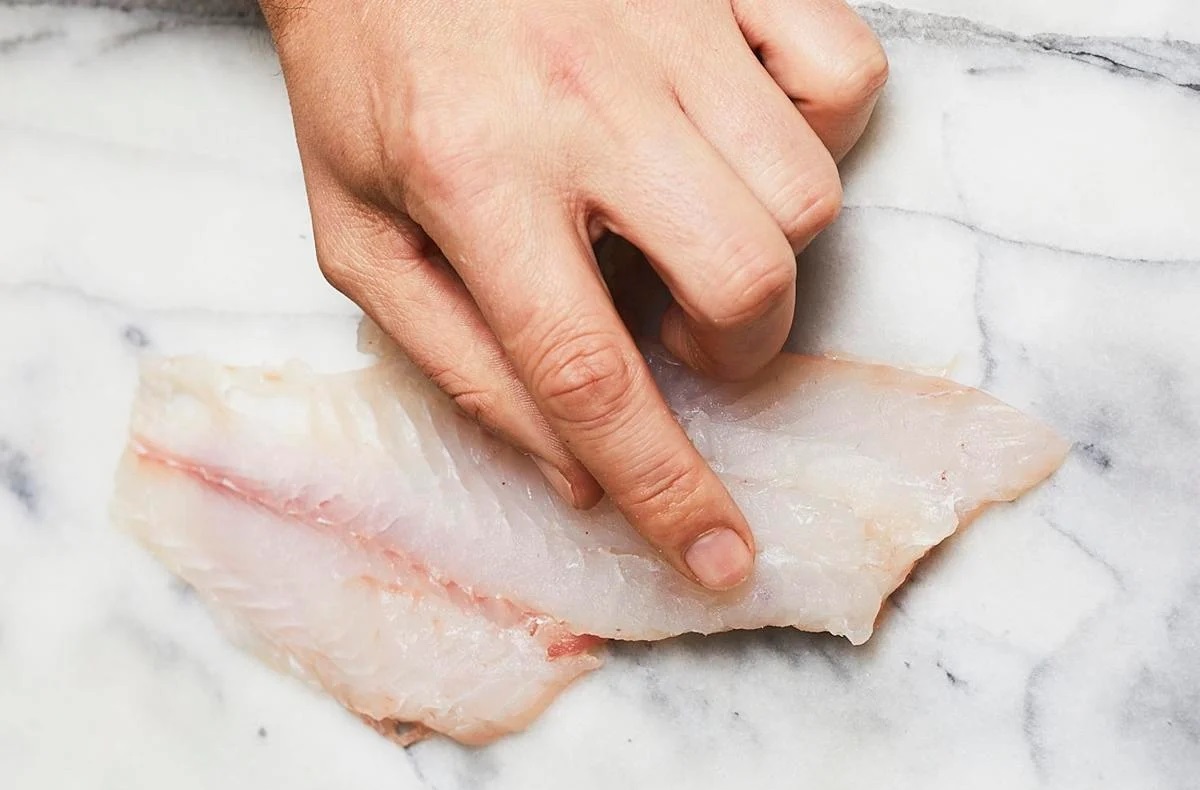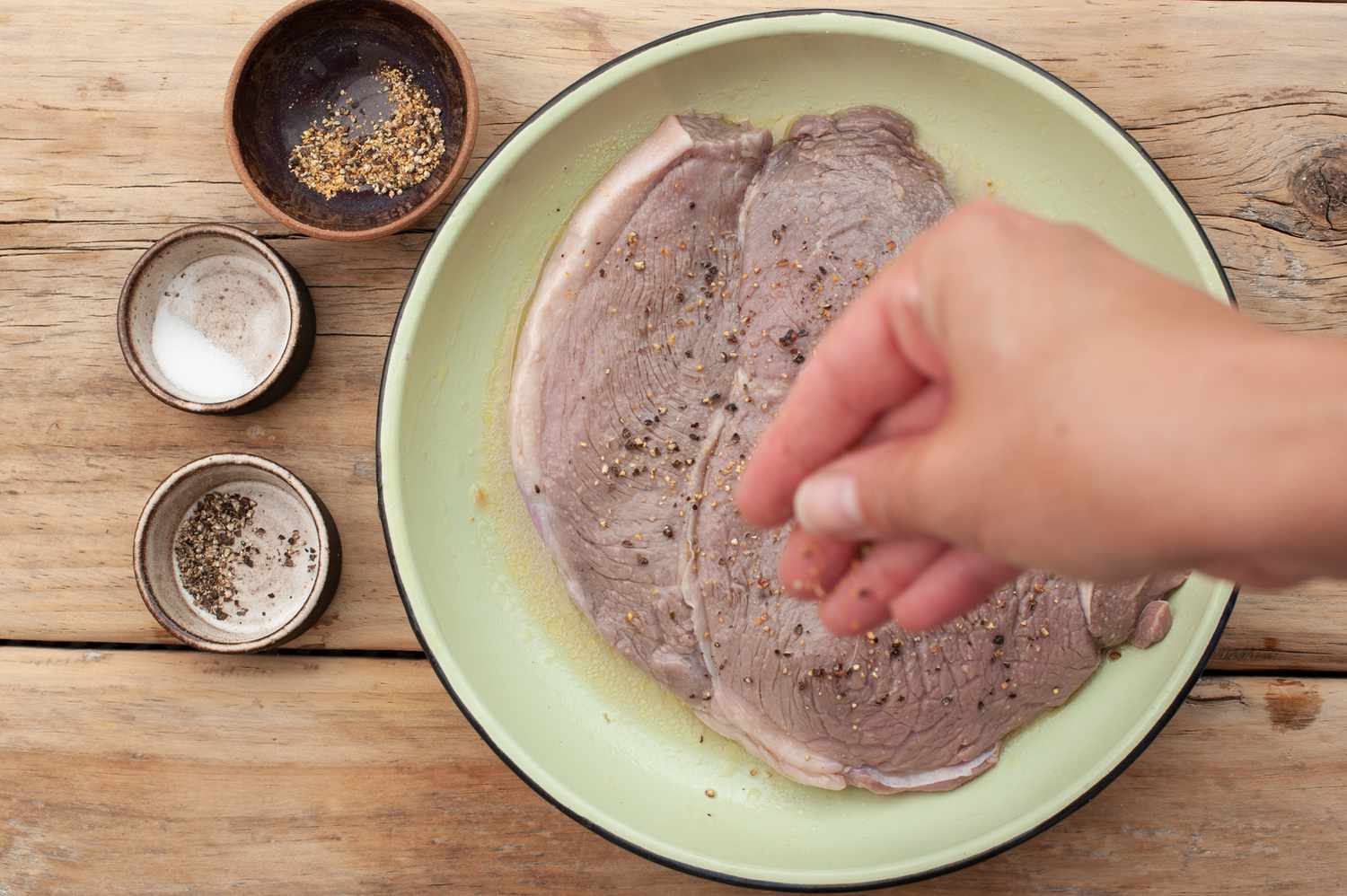Learn How to Fillet a Herring Like a Pro
Are you ready to take your culinary skills to the next level? Filleting a herring may seem like a daunting task, but with the right technique and a little practice, you can master this art. Whether you’re a seafood enthusiast or just looking to expand your cooking repertoire, learning how to fillet a herring will open up a world of delicious possibilities. Follow these step-by-step instructions to become a herring filleting pro in no time!
Step 1: Gather Your Tools
Before you begin, make sure you have the right tools for the job. You’ll need a sharp fillet knife, a cutting board, and a pair of kitchen shears. Having the proper tools will make the filleting process much easier and safer.
Step 2: Prepare the Herring
Start by rinsing the herring under cold water to remove any scales or debris. Pat it dry with a paper towel and place it on the cutting board with the belly facing up.
Step 3: Make the Initial Cut
Using your fillet knife, make a shallow incision just behind the gills and pectoral fin. Angle the knife towards the head and carefully cut along the belly towards the tail. Be sure to apply gentle pressure to avoid damaging the flesh.
Step 4: Remove the Head
Once you’ve made the initial cut, use the kitchen shears to carefully remove the head from the herring. This will make it easier to access the fillet and remove the bones.
Step 5: Fillet the Herring
With the head removed, it’s time to fillet the herring. Starting from the head end, insert the fillet knife along the backbone and carefully slice towards the tail, following the natural curve of the fish. Use smooth, steady strokes to separate the flesh from the bones.
Step 6: Remove the Rib Cage
Once you’ve filleted one side of the herring, it’s time to remove the rib cage. Use the kitchen shears to carefully cut along the rib bones and remove them from the fillet. This will ensure that your herring fillet is boneless and ready to be cooked.
Step 7: Repeat on the Other Side
Flip the herring over and repeat the filleting process on the other side. Make a shallow incision behind the gills, remove the head, and carefully fillet the fish to create a second boneless fillet.
Step 8: Rinse and Pat Dry
Once you’ve completed the filleting process, rinse the herring fillets under cold water to remove any remaining scales or bones. Pat them dry with a paper towel before cooking or storing them.
Now that you’ve mastered the art of filleting a herring, you can use your freshly prepared fillets in a variety of delicious recipes. Whether you prefer to grill, bake, or pickle your herring, knowing how to fillet it opens up a world of culinary possibilities. So, grab your fillet knife and get ready to impress your friends and family with your newfound herring filleting skills!
Remember, practice makes perfect, so don’t be discouraged if your first attempt isn’t flawless. With time and experience, you’ll become a herring filleting pro in no time. Happy filleting!
For those eager to use their new filleting skills, there are several recipes to try. Start with Grilled Herring Fillets with Lemon and Dill for a fresh, zesty dish that's easy and delicious. For a more traditional approach, Pickled Herring with Onions and Carrots is a classic that's both flavorful and perfect for preserving your fillets. If you're in the mood for something heartier, Baked Herring Fillets in Tomato Sauce offers a rich, comforting option. And for a unique twist, Herring Fillet Sushi Rolls bring a taste of Japanese cuisine to your table. Each of these recipes highlights the versatility of herring and provides a great way to enjoy your freshly filleted fish.
